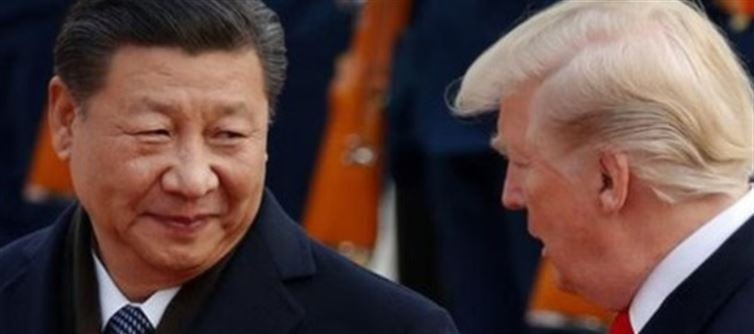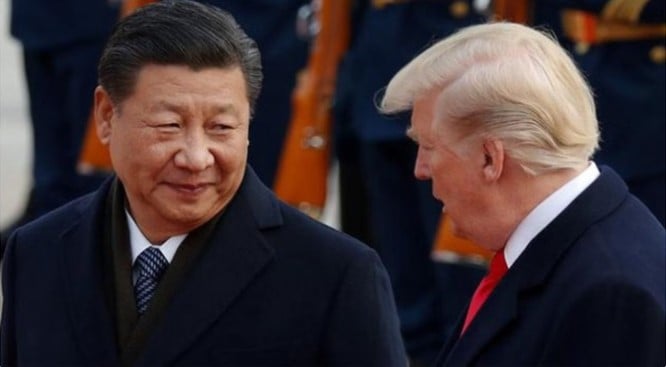
US President Donald Trump Calls 100% Tariffs on china “Unsustainable”
In a recent interview, former US President donald trump made headlines by admitting that the 100% tariffs imposed on china are “not sustainable.” His comments come amid ongoing tensions between the two global economic powers and ahead of a potential high-level meeting with Chinese President Xi Jinping. Below are the key highlights of Trump’s statement and its implications:
🔹 trump Regrets Tariff Strategy
Trump acknowledged that the 100% additional tariffs placed on Chinese goods are “unsustainable.”
He emphasized that he “was forced” to take this action due to China’s trade practices.
The tariffs were originally introduced to counter what trump called unfair trade behavior by Beijing.

🔹 Justifies Tariffs as Necessary
Trump defended his decision, saying china had exploited the US economy for years.
He accused beijing of “plundering” the US, taking out wealth and jobs.
Trump added, “They only respect strength,” suggesting a tough stance was necessary to command respect from China.
🔹 Strong Rhetoric Against China
Trump described china as a “very strong competitor.”
He reiterated that china has always sought an unfair advantage in trade relations.
Despite the criticism, he hinted that the situation is now reversed, implying the US is in a stronger position.
🔹 Meeting with Xi jinping Expected
Trump confirmed plans to meet Chinese President Xi jinping later this month.
The meeting is expected to take place during the Asia-Pacific Economic Cooperation (APEC) summit in South Korea.
He emphasized the need for a “fair deal” with china and claimed to have a “good relationship” with Xi.
Disclaimer:
The information contained in this article is for general informational purposes only. While we strive to ensure accuracy, we make no warranties or representations of any kind, express or implied, about the completeness, accuracy, reliability, suitability, or availability of the content. Any reliance you place on the information is strictly at your own risk. The views, opinions, or claims expressed in this article are those of the author and do not necessarily reflect the official policy or position of any organization mentioned. We disclaim any liability for any loss or damage arising directly or indirectly from the use of this article.




 click and follow Indiaherald WhatsApp channel
click and follow Indiaherald WhatsApp channel